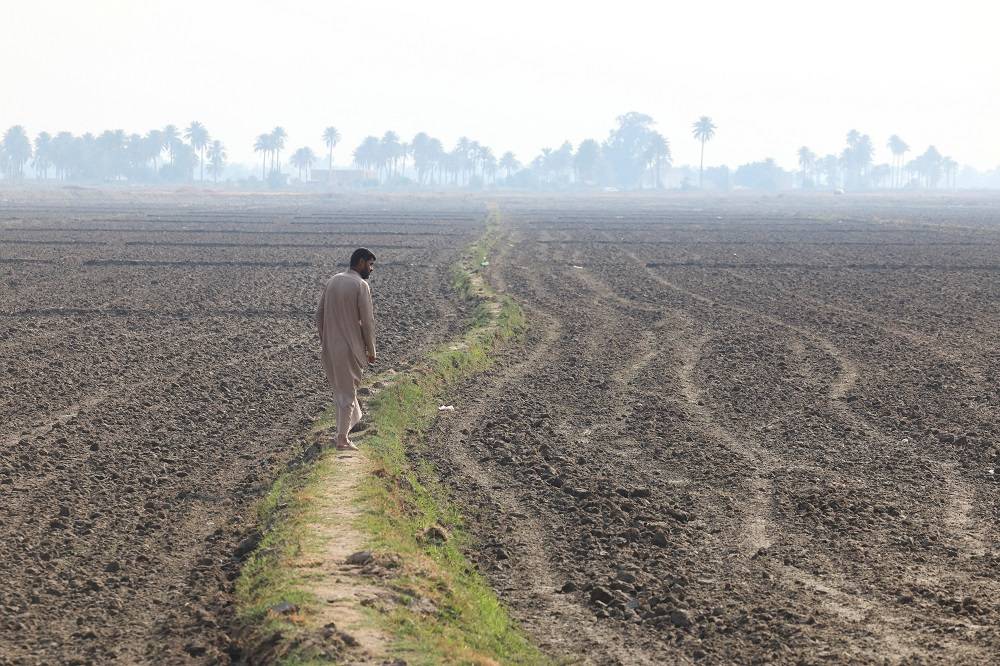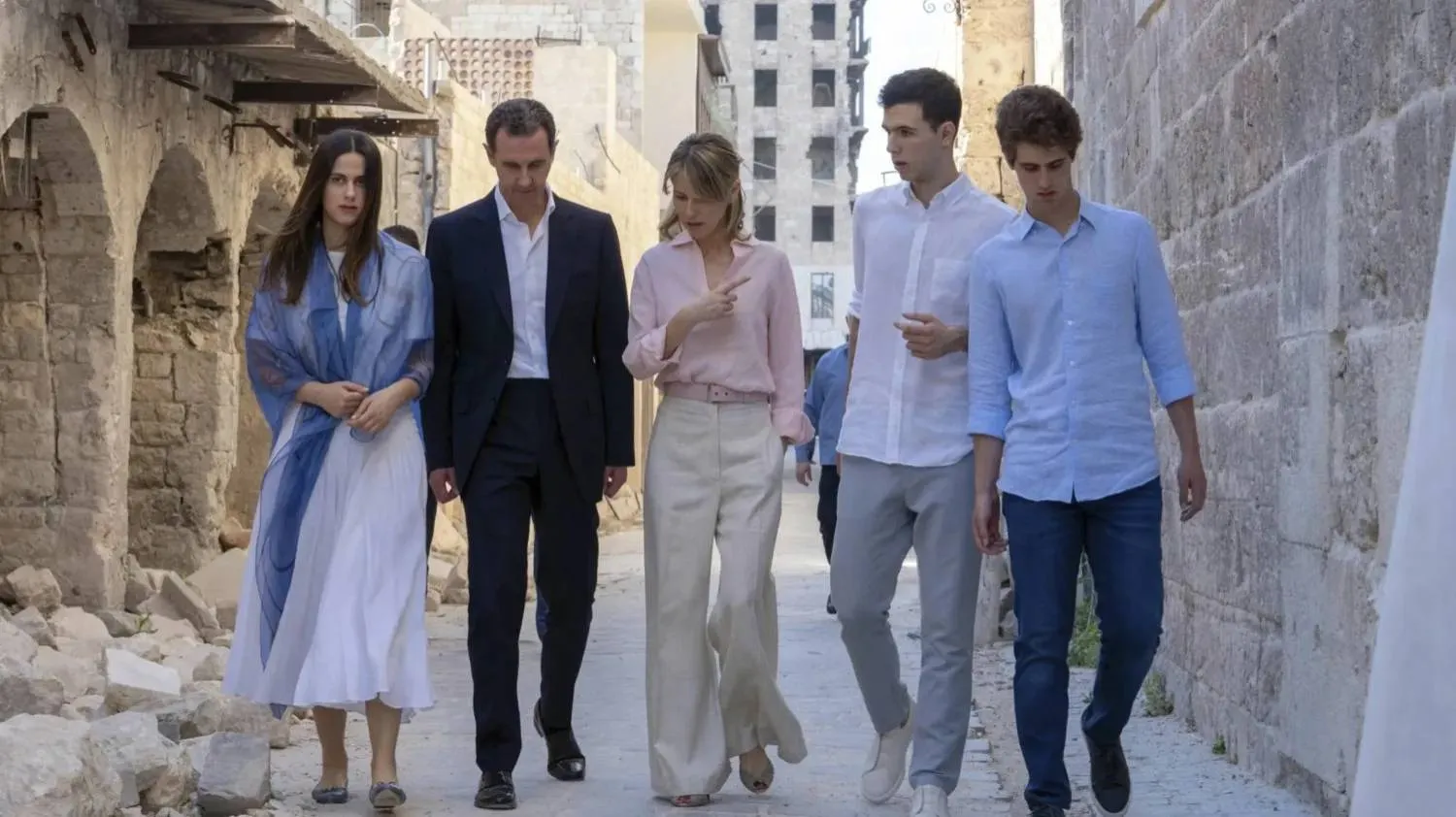The invasion of Ukraine means that fewer Russian tanks and other military hardware will rumble through Moscow’s Red Square on Monday, when the country marks its victory over Nazi Germany in World War II. The patriotic fervor associated with the sacred holiday, however, could be as strong as ever.
This year's Victory Day won't just honor a conflict that ended 77 years ago. Many Russians will be thinking about the thousands of troops fighting in neighboring Ukraine, Signs of support for the military have grown across the country since the invasion began Feb. 24, with the letter "Z" appearing on billboards and signs in the streets and subways, and on television and social media.
The Kremlin has refused to refer to the fighting in Ukraine as a "war,” instead calling it a "special military operation." Some observers believe that President Vladimir Putin could use the holiday to finally declare the operation to be a war in order to bolster Russia's national commitment to the effort.
A look at the significance of Victory Day in Russia:
War and remembrance
The Soviet Union lost a staggering 27 million people in World War II, which it calls the Great Patriotic War. The conflict, which devastated cities and the countryside, caused enormous suffering and left a deep scar in the national psyche.
Victory Day is a rare event in the nation’s divisive post-Soviet history that is revered by all political players, and the Kremlin has used that sentiment to encourage patriotic pride and underline Russia’s role as a global power.
The annual celebrations feature a massive military parade on Red Square showcasing the latest armaments from tanks to fighter jets to nuclear-tipped intercontinental ballistic missiles.
This year, the array of weapons to be displayed in the parade has been significantly curtailed from last year in an apparent reflection of the military's heavy engagement in Ukraine.
Fighting 'neo-Nazis'
In ordering the invasion, Putin declared that it was aimed at the "demilitarization" of Ukraine to remove a perceived military threat to Russia by "neo-Nazis" - rhetoric condemned by Ukraine and the West as a fictitious cover for a blunt act of aggression.
To try to back up the claim, Putin and his officials have pointed to the adulation by Ukraine's right-wing groups of nationalist leaders Stepan Bandera and Roman Shukhevych, who sided with the Nazis during World War II and their perceived use of Nazi units' symbols.
The rhetoric also has been used by the Kremlin to try to bolster public support for the war amid heavy losses of troops and equipment and massive economic damage from Western sanctions.
Ukrainian President Volodymyr Zelenskyy, who is Jewish, has derided the Kremlin "denazification" claim. Russian Foreign Minister Sergei Lavrov fired back by drawing a parallel between Zelenskyy and Adolf Hitler - a statement that has drawn sharp criticism from Israel.
Rushing the offensive?
Some in Ukraine and the West expected Putin to try to seek quick gains before the May 9 holiday in a possible attempt to present it as a decisive victory and use it as an exit from what increasingly looks like a disastrous quagmire bleeding Russia's resources and threatening its stability.
After a failed attempt to storm Kyiv and other big cities in Ukraine's north in the early stages of the war, the Kremlin has shifted its focus to the eastern industrial heartland known as the Donbas, where Moscow-backed rebels have been fighting Ukrainian government forces since 2014. That conflict erupted weeks after Russia's annexation of Ukraine's Crimean Peninsula.
The Russian military has rearmed and resupplied its forces withdrawn from Kyiv and moved them to Donbas in an apparent attempt to encircle and destroy the most capable and seasoned Ukrainian troops concentrated there.
But that offensive in the east has faced staunch Ukrainian defenses and made only incremental advances, dashing Kremlin hopes for a quick victory. Significant gains look all but impossible before May 9.
In an interview this week, Lavrov said: "Our military isn't going to artificially link its action to any date, including Victory Day."
Upping the ante
Some Russian hard-liners have criticized the Kremlin for using only a limited force and urged a nationwide mobilization effort. Some Western officials and observers believe Putin may use May 9 to formally declare a war and announce a total mobilization of the population to boost troop numbers for an offensive.
"He’s been rolling the pitch, laying the ground for being able to say, ‘Look, this is now a war against Nazis, and what I need is more people,’" British Defense Secretary Ben Wallace told LBC Radio last week.
Ukraine's intelligence chief, Kyrylo Budanov, issued a similar warning Monday, alleging that Russia has covertly begun preparations for a broad mobilization.
Kremlin spokesman Dmitry Peskov dismissed the claims as "nonsense" on Wednesday.
Russian authorities have claimed that only volunteer contract soldiers have been fighting in Ukraine, even though many conscripts were taken prisoner in the war's initial days.
Russia's military has about 1 million service personnel - 400,000 of them contract soldiers, including 147,000 in ground forces. Western officials estimated the initial strength of Russia's invasion force at about 180,000.
The military acknowledged losing 1,351 soldiers as of March 25 and hasn't updated its casualty numbers since then. Western officials have said Russian losses were much heavier and estimated that up to a quarter of Moscow's initial attacking force was made unfit for combat.
If the war drags on, the current Russian troops numbers in Ukraine could be insufficient to sustain the operations, forcing the Kremlin to rely on poorly trained conscripts or call up reservists.
The Kremlin faces a stark choice between trying to win the war with a limited force or attempting to bolster its troops in Ukraine with draftees and reservists, a move that could bring public outrage and potentially destabilize the political situation.










